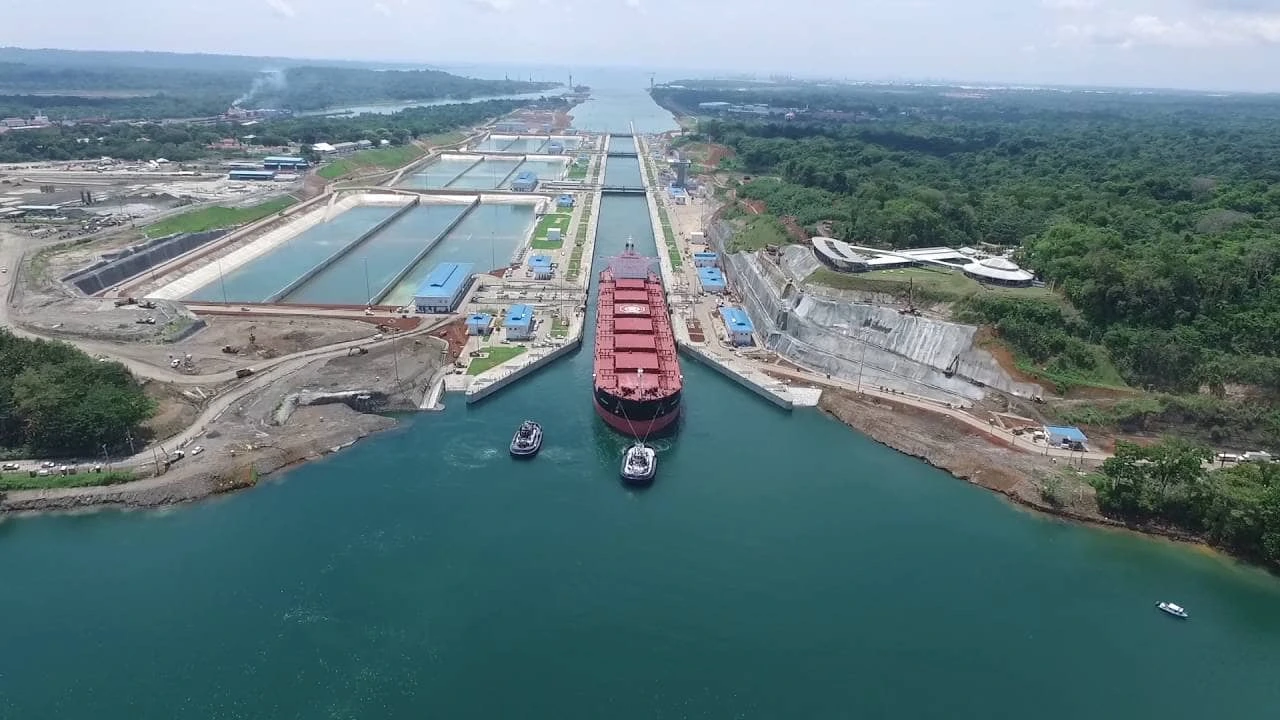The Panama Canal Authority (PCA) plans to lower the Freshwater Charge (FWC) starting October 1.
The move aims to conserve water and manage shipping drafts. This change will slash the variable fee for users by about 50%, based on Gatun Lake’s current state.
For Neo-Panamax ships, the average savings will be $19,700 per trip. For Panamax vessels, it’s around $6,800.
The expanded canal opened on June 26, 2016. Fluctuating rain levels since 2020 led to water conservation steps, including the FWC.
All boats longer than 125 feet must pay the FWC. 2023 marks the driest year since the new locks became fully operational, lowering lake levels.

Experts are monitoring climate events, including the El Niño phenomenon, which could worsen the situation.
Extra Insights Panama Canal
The Panama Canal is a key global maritime route. Its operations impact both the economy and the environment.
Fee adjustments aim to find a balance between these two. As climate issues rise globally, water management becomes vital.
This move may serve as a model for other infrastructures worldwide. It shows the complexity of handling crucial resources like water.
The canal’s future actions will be a litmus test for global responses to similar issues.
Background
The Panama Canal has been a significant global trade player since its inauguration in 1914.
Over time, its importance has grown, so much so that it underwent an expansion completed in 2016.
The Canal uses a series of locks and gates to control water levels, initially designed with sustainability in mind.
However, ongoing climate change poses a severe threat, making water management crucial.
Modern Implications
Experts are now looking at the Canal’s approach to water conservation. Other maritime routes may also adopt similar fee adjustments.
The PCA’s readiness to adapt shows its commitment to long-term sustainability.
This change sparks conversations on how crucial waterways can adapt to the ever-changing global climate.

